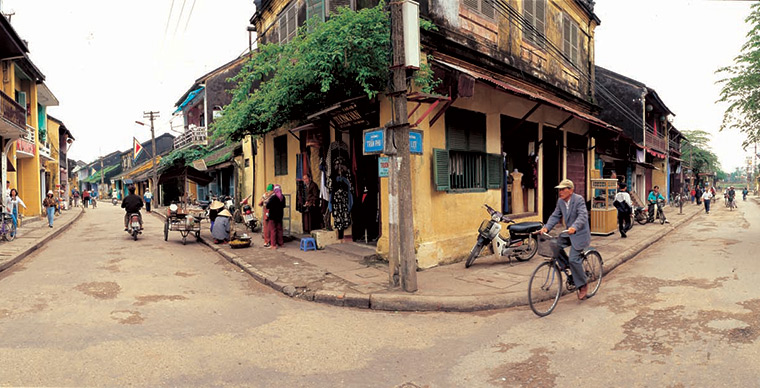
Hoi An, a famous ancient town of Vietnam
- on Dec 26, 2017 By: Ngoc Tu DINH
Where we could find a place that remain such a prehistoric beauty after nearly 365 circles of the four seasons? It is nowhere rather than Hoi An – the famous Ancient Town of Vietnam.
In this article, Authentik Travel will bring you to the poetic and prehistoric street of Hoi An to feel and immerse your soul into this unique city.
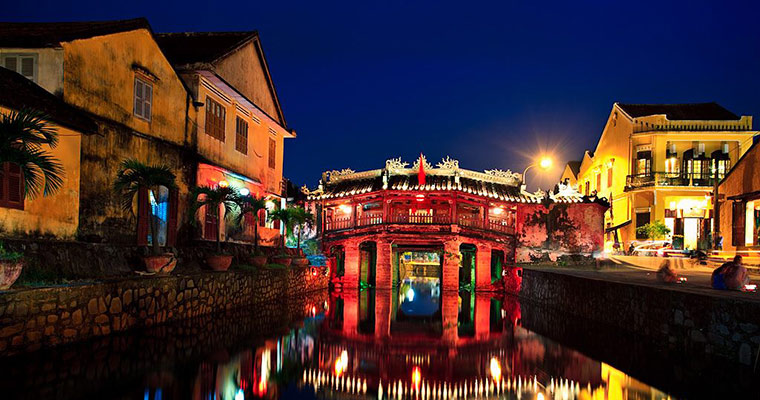
Situated on the banks of the rhythmical Thu Bon River, in central Quang Nam province, 30 kilometers south of Da Nang, Hoi An ancient town is an Eastern oriental classic captivation. With the strategic location on the banks of the great river, this city used to be one of the popular trading pot in Southeast Asia during the 16th century.

Having been through historical centuries, but Hoi An still remains the beauty as in the very first days of its being born. Its two main historical landmarks are the occupying of the Japanese & Chinese, and the Western (Dutch and Spanish) during the 16th and 17th centuries. Under the regime of China, the town was named as Hai Pho (Sea Town) in Vietnamese. Originally, Hai Pho was a divided town, because across the "Japanese Bridge", it used to be the Japanese settlement (16th-17th century). Then the French and Spanish as Faifo, a major international port city. Due to these occupying, the foreign comprehensively positive and special pastimes and culture had made deep influences on the today's Hoi An.
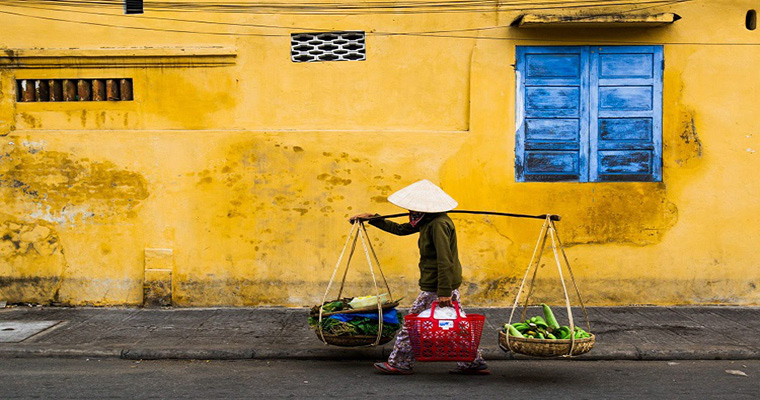
Whoever coming to Hoi An could not deny the precious beauty that nature endows this city. With the tropical climate, Hoi An is comparatively warm, and it offers two main seasons namely wet and dry. The daily temperature rises beyond 21°C reaching a level of mid 60°F especially when night falls.
Coming here, visitors can admire a sequence of ancient-architecture lanes and houses with nearly 100% pristinely left from their initial buildings with moss-grown walls, deeply plain roofs, old furniture in their pristine past arrangement and etc…Hoi An is proud to be a cultural crossroads of the Cham culture in the very first southward expansion of Dai Viet (the Vietnamese nation more than 5 centuries ago encroaching on the Indianized Kingdom of Champa, which covered much of what is now central Vietnam), the Asian (Japanese, Chinese, Indian), and the Western ones during their trading here in the 16th century. These various cultural puts a great influence on the visible remain today. Colorful guildhalls, founded by ethnic Chinese from Guangdong and Fujian provinces, stand quietly, a testament to the town's trading roots.
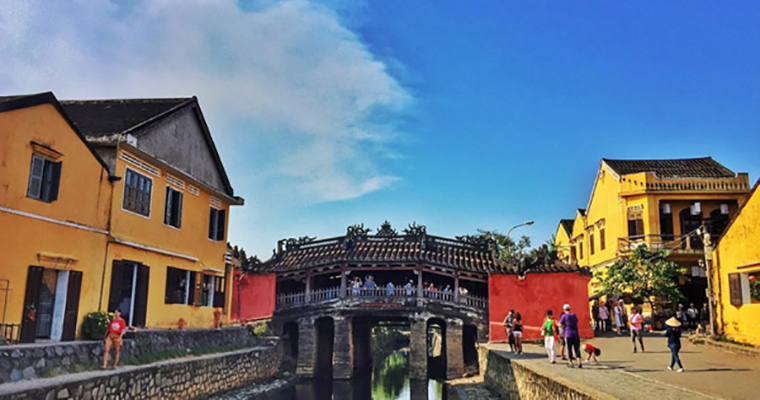
While Hoi An's antiquated charm is always visible, on the 14th of every lunar month modernity takes another step back. Most premium oriental and western style of architecture meet together here, making a unique ancient Hoi An, absorbing all tourists who are eager for classic beauty! Even you are not classic, you still want to see how a lively ancient world can pristinely survive in this new modern and high-tech era!
- Festival
Hoi An is as a place of festivals, among which is Full Moon Festival, held on the 14th of every lunar month is one of the most well-known celebration here. One night before the full moon, when the Old Town turns much more festive than usual, active and marvelously decorated with colorful lanterns and lamps along every lane. Besides, Mid-Autumn Festival - held on the 14th of the August lunar month is also a special occasion in Hoi An.

At last, the "lantern festival", the most enchanting and special one of Hoi An, which is typically demonstrated with all colorful hanging cloth and paper lanterns on the 15th of every lunar month switched on altogether while all electrical equipment is off, leaving the Old Quarter bathed in the warm glow of colored silk, glass and paper lanterns.. A sparkling, romantic and mysterious view is opened, stimulating anybody’s curiosity and eye feed!
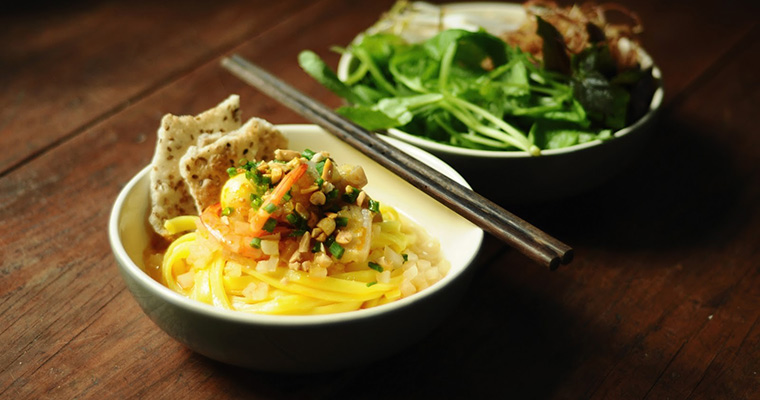
Hoi An’s delicacies are plentiful and particularly tasty and inexpensive. One of which is Cao Lau, a type of rice noodles but somehow closer in texture to pasta. The specialty is in the savory soup, being made by special recipe in the local. The noodles are topped with slices of roast pork, dough fritters, and lots of fresh herbs and veggies. I think you should try one of these, or else you will soon regret! Let’s see, you are sitting on stools, eating a bowl of Cao Lau with wooden chopsticks, and sipping the ice cold "White Coffee with vinamilk"! Oh, this will be a really interesting adventure!
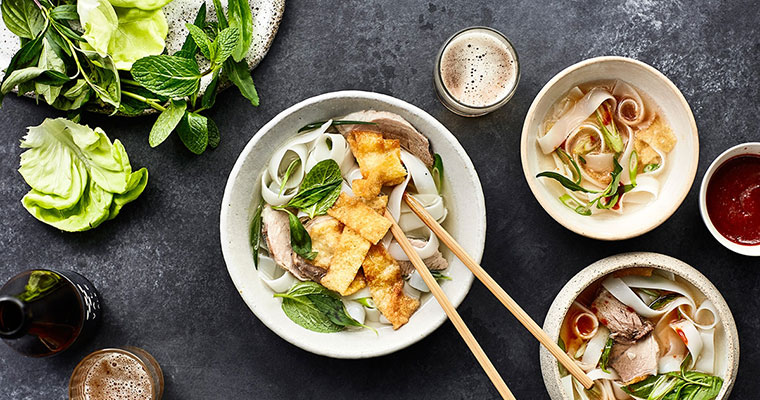
- Places to go and Things to do in Hoi An?
Seen as an ancient town, its places of interest are of full historically classical meaning and image. Symbol of Hoi An, the most popular remnant is the Japanese Covered Bridge (Chua Cau or Lai Vien Kieu), on the west end of Tran Phu Street. The Japanese community constructed the bridge in the early 1600. Tourists should spend time on visiting Quan Cong Temple, Musium of Culture… Many ancient styles - oriented architects come here to have a direct look into the ancient houses of the town, among which are Phung Hung House, just west of the Japanese Bridge, Quan Thang House, or Tan Ky House. The design of the houses show how local architecture incorporated Japanese and Chinese influences. Cantonese Assembly Hall (Quang Dong) has a calm courtyard with ornate statuary. You could peek at the half-hidden back yard and its kitschy pastel dragon statues. Hokien (Fujian) Meeting Hall (Phuc Kien) and Chinese All-Community Meeting Hall (Trieu Chau) are also spanning the block. If you are Buddhist, there are many pagodas to visit. Ong Pagoda, Quan Am Phat Tu Minh Huong Pagoda, etc. are premium places to get in. Now a day, Hoi An is also known as a shopping paradise that attracts tourists towards its wonderful souvenirs, handicrafts, antique pieces, silk materials and art paintings, and so on.
A “Hoi An” with colorful lantern nights, pristinely old plain houses and special mysterious cultural elements. A “Hoi An” with the etiquette & culturally hospitable and friendly people are warmly welcoming you! Are you ready to take a culture discovery journey?
>>> Further Information
It is not so difficult to find transportation from Da Nang International Airport to Hoi An town. As Hoi An is pretty small, most tourists prefer wandering or hiring a bike to explore the town on their own. However, booking a tour with travel agencies is recommended for those who wish to make a day trip from Hoi An to other tourist attractions in the vicinity such as My Son Holy-land, Cu Lao Cham island or the suburban area. Some reference for tours from Hoi An, especially day tour itineraries from Hoi An to some other attractions can be found atAuthentiktravel.
>>> More Destinations in Vietnam
Beautiful beaches in Vietnam
Ha Long Bay – Top three must see
Ha Noi – How to spend a day in the heart of Vietnam
Van Long, Ninh Binh – Nature reserve
Hoi An – Top 7 things to do
Comment
Other Blog
Categories
Latest News
on 31 Dec, 2025
on 31 Dec, 2025
 Español
Español Français
Français









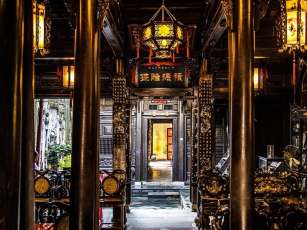


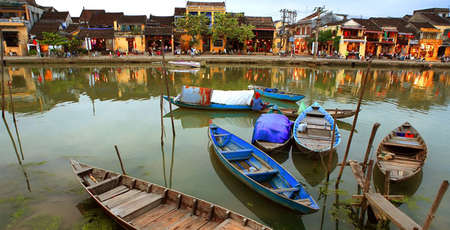







Morgane Ter Cock
on Dec 18, 2025HerbertPhomaMS
on Oct 19, 2025Lilyan Cuttler
on Oct 15, 2025Avenue17XC
on Sep 14, 2025Avenue18JL
on Jul 21, 2025